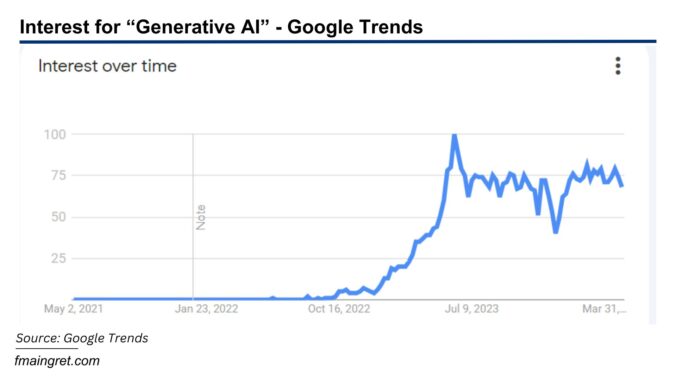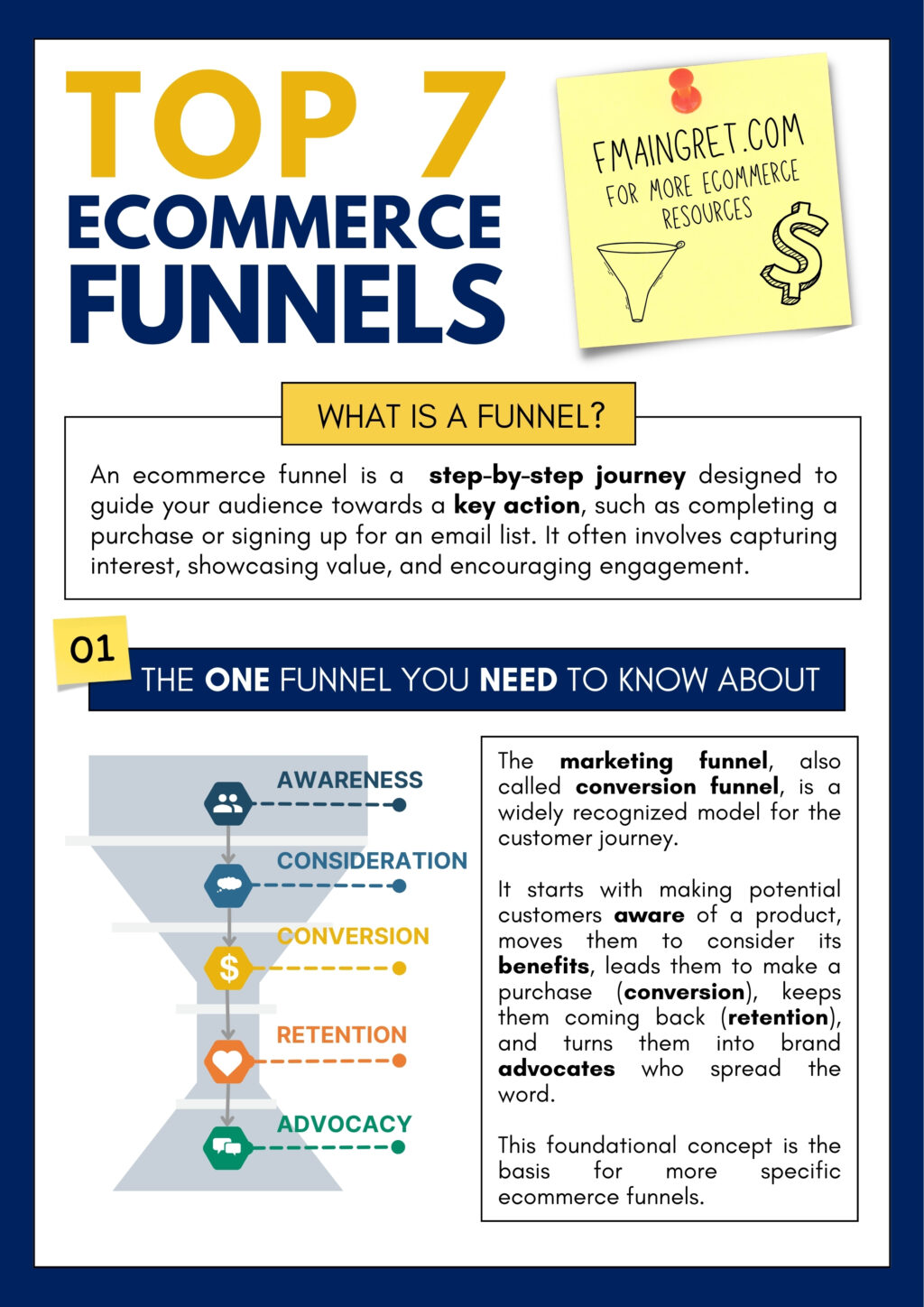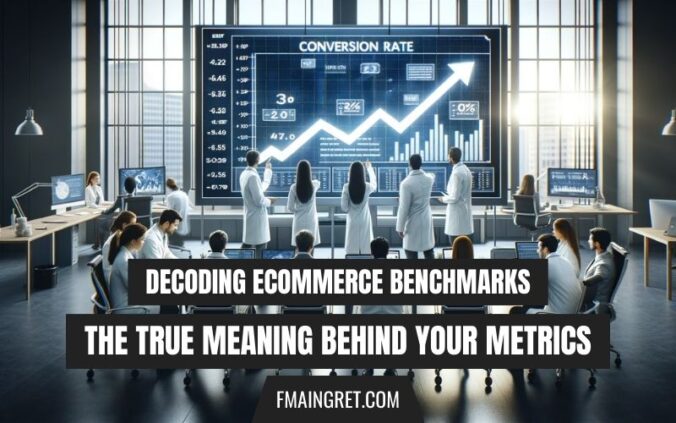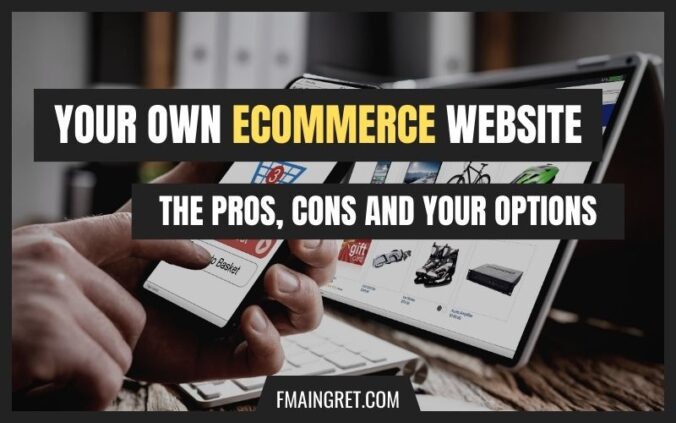We’ve all used generative AI to do our homework, write an email, or create marketing assets. But the technology is much more than that. When I first tried ChatGPT, I wondered how it would impact e-commerce. Before I thought of copywriting or improving images, I thought that we would very shortly see Amazon saturated with AI-generated books.
Continue readingCategory: Online sales (Page 1 of 3)
There has been a lot of controversy over Temu, Shein, and intellectual property laws. There are numerous reports of brands and independent designers claiming the Chinese giants have stolen their designs to sell similar lower-priced items online.
Recently, the footwear brand Dr. Martens is suing Temu for another reason. Dr. Martens claims Temu is manipulating Google searches to display their product alongside Dr. Martens shoes.
I am not an IP lawyer, but I have some difficulties seeing how this lawsuit stands a chance. While there might be some IP issues with Temu, I don’t see this lawsuit going very far, and I’d like to review it from an e-commerce professional point of view. Now, if you are a lawyer, I’d love to hear your opinion as I may miss important details that require extensive knowledge of IP laws.
Continue readingHaving a customer abandon their cart during checkout is like running a marathon, but spraining your ankle a few yards before the finish line. PYMNTS recently released a report on cart abandonments, and I think retailers should pay close attention to the numbers.
Millennials are the generation that shops online the most and has abandoned more carts recently than other generations. Millennials abandoned 8 times more carts in the last 30 days than boomers. Gen Z isn’t very far behind. It appears that older customers are much less likely to abandon their carts.
It is clear that each generation behaves differently when shopping online. Retailers that do not address cart abandon rates are leaving money on the table. This issue will be more and more important as Gen Z and millennials gain more purchasing power.
Now, let’s see why customers are leaving before completing the purchase and what can be done to lower cart abandon rates.
Continue reading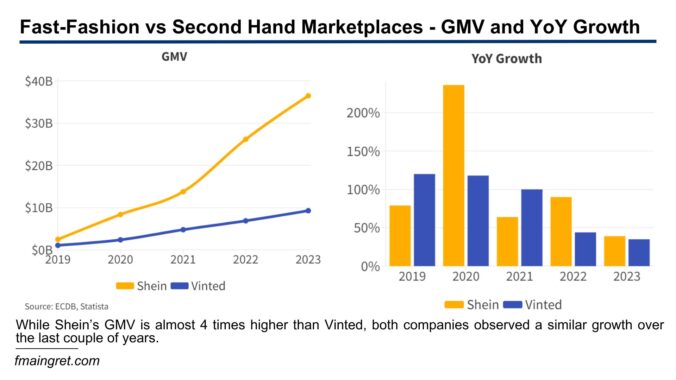
Ecommerce and Social Media are Fueling the Ultra-Fast-Fashion Machine – Can the Same Technologies Also Save Us From it?
In a previous article, I wrote about ultra-fast fashion, specifically on how France is trying to limit its impact on the environment with new regulations. We’ve seen how unsustainable fast fashion can be, with Americans tossing out a whopping 34 billion pounds of used clothes each year—that’s over 100 pounds per person!
What can be done about Shein? Let’s be realistic, Shein is the target of France’s proposed regulations. Bans or taxes sound good on paper, but they don’t completely eliminate the problem and tend to frustrate customers. Making local brands cheaper so they can compete with Shein (through new processes, innovation, or worse, lower taxes or subsidies) may help local economies, but this wouldn’t do much in terms of sustainability. Greenwashing and shaming customers isn’t ideal either, and won’t win any fans.
Are we stuck in a never-ending cycle of buying and trashing clothes, until we drown in used t-shirts? Thousands of new designs are released every day, and Shein sales are supercharged by influencers and social media. However, I believe we shouldn’t throw in the towel just yet. Ecommerce has come a long way in the last 20 years, and there are some impressive innovations that could help us shop smarter and more sustainably. So let’s see what our options are, and how some successful entrepreneurs are already addressing the fast-fashion problem by offering solid alternatives.
Continue readingBelow is one of my recent LinkedIn Post. I wanted to also share it here on my blog, as I think the data I collected and charts I built can be insightful to those of you selling on Amazon.
Is Amazon saturated? I don’t have the answer, but I do have some interesting anecdotal data (and some good news if you’re in the market for a massage gun).
I looked at a random product, massage guns. First, the evolution of the sale price for the current top 5 massage guns on Amazon. Most launched in 2020 (the first few months of data isn’t always available).
In this super competitive world, everyone wants to see how they rank. Which football team is leading this season? What are the top 5 best-selling smartwatches? Which car has the best 0-60 times? In reality, the most important question is arguably, “Am I doing well compared to my competition?” That’s where benchmarks come in, and they’re everywhere – from tech, health, and of course the business world.
Continue readingIn ancient times, shopping was an adventure: people had to leave their houses, get in their cars, and explore aisles of physical retail stores, searching for treasures and good deals. Then came ecommerce, which changed the world. People now had the option to shop from their couches and get products delivered directly to their door. As a result, and for a long time, there were two very different worlds that provided very different experiences: physical stores and online shopping. How cool would it be if customers could have a unified shopping experience, whether they shopped from their laptops at home, a smartphone app, or directly at a retail store? That is already the case, and it is called an omnichannel strategy.
Continue readingHave you ever been scrolling on your Instagram feed, seen a picture of a model wearing a pair of shoes you really like, and then found a View Products tag? That is social commerce: the fusion between ecommerce and social media. Kids are now born with a smartphone in their hands and social media on the screen. Platforms like Instagram, Facebook, and TikTok drive huge amounts of traffic daily and have billions of users worldwide. Companies had to find ways to monetize all this traffic and data, and social commerce is one of them. This relatively recent way of selling is significantly impacting the digital marketing world, and it is getting bigger by the year. But how big is it exactly and should you use it? Let’s find out.
Continue readingIn the age of Amazon.com, is it still relevant for brands to have their own ecommerce website? Many entrepreneurs use Amazon, or other marketplaces as their primary and only sale channel. Others focus mostly on their own website. And a lot of businesses go with a hybrid approach and sell on multiple sales channels. So what is the right approach? And is a website still necessary?
Continue reading